Wannon Water said the $1.4 million floating solar system will be installed on Brierly Basin Reservoir at Warrnambool in the state’s southwest as part of the government’s agreement with all Victorian water corporations to reach net zero emissions by 2035.
Melbourne-based firm Enervest, which has been appointed to oversee the installation of the floating solar system, said the project will comprise more than 1,200 Yingli 400 W bi-facial solar panels mounted on pontoons floated at the reservoir.
The use of bi-facial modules is expected to achieve approximately 20% better production from water reflection with the system to provide more than 500 kW of clean energy to help power pumping stations used to transfer water from the reservoir to the Warrnambool water treatment plant, about 12 kilometres north of the city.
Enervest said construction of the anchoring system is expected to commence in November. It is anticipated the installation of solar panels will begin in January with the system due to be complete by March 2023.
Water Minister Harriet Shing officially announced the project on Thursday and said it would significantly reduce power costs and reduce Wannon Water’s emissions by more than 600 tonnes per year.
“The water sector is leading the way towards a cleaner future, showing consumers and industry that we can tackle climate change and boost renewable energy use,” she said.
Wannon Water said the 500 kW floating array is part of its own commitment to reduce emissions by 40% by the year 2025 and achieve net-zero carbon emissions by 2030.
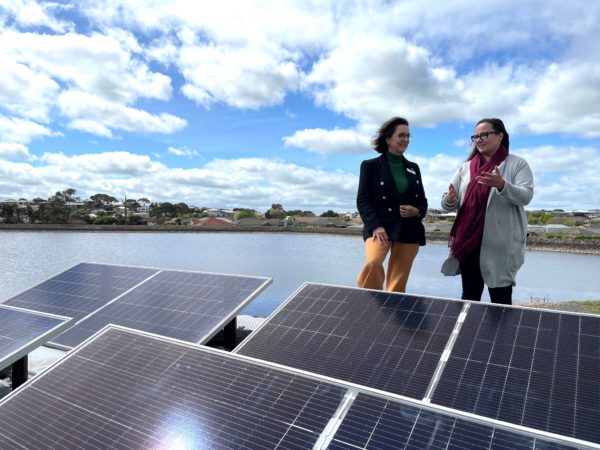
Image: Supplied
The utility has already rolled out a series of solar initiatives, including the installation of a 250 kW ground-mounted system at the Warrnambool Water Treatment Plant and two 100 kW systems at the Hamilton Water Treatment Plant and at the Gateway Road corporate office.
When complete, the Brierly Basin system will be the largest floating solar plant in Australia where the technology is yet to be widely adopted. Operational systems include a community-funded 100 kW floating solar array installed at the East Lismore Sewage Treatment Plant in New South Wales and a 157 kW array at the Jamestown waste water facility in South Australia.
The technology is however beginning to attract more attention with AGL Energy announcing it will explore the potential for installing floating solar on the site of its Loy Yang A power station in Victoria.
The Victorian government is also investing in more floating solar projects, providing $209,149 to install an array on a dam at Lardner Park in Gippsland.
The project, led by the Gippsland Climate Change Network, will use the “under-utilised” lake to provide power to the park while ensuring viable land for agriculture remains free, simultaneously reducing evaporation and preventing algae growth.
Energy Minister Lily D’Ambrosio said the floating solar projects support the state government’s ambition to halve emissions by 2030 and reach net zero by 2050.
“Renewable energy is key to meeting Victoria’s ambitious 2030 target of reducing our emissions by 50%, and it’s important essential services like water can harness this reliable and affordable new energy technology,” she said.
This content is protected by copyright and may not be reused. If you want to cooperate with us and would like to reuse some of our content, please contact: editors@pv-magazine.com.
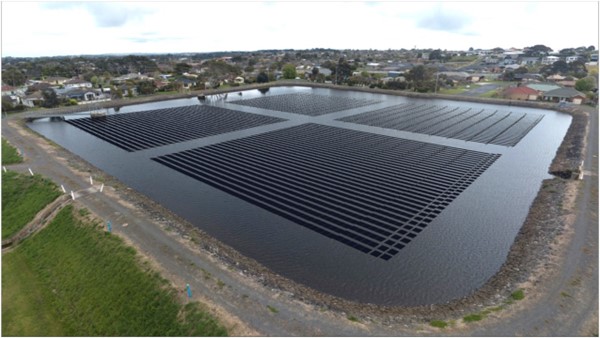



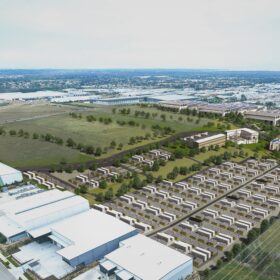
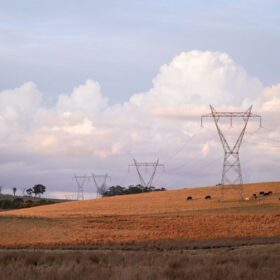
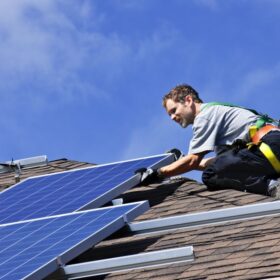
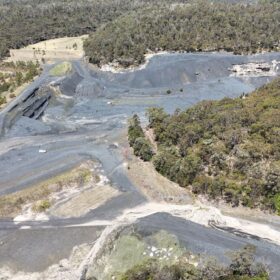
By submitting this form you agree to pv magazine using your data for the purposes of publishing your comment.
Your personal data will only be disclosed or otherwise transmitted to third parties for the purposes of spam filtering or if this is necessary for technical maintenance of the website. Any other transfer to third parties will not take place unless this is justified on the basis of applicable data protection regulations or if pv magazine is legally obliged to do so.
You may revoke this consent at any time with effect for the future, in which case your personal data will be deleted immediately. Otherwise, your data will be deleted if pv magazine has processed your request or the purpose of data storage is fulfilled.
Further information on data privacy can be found in our Data Protection Policy.